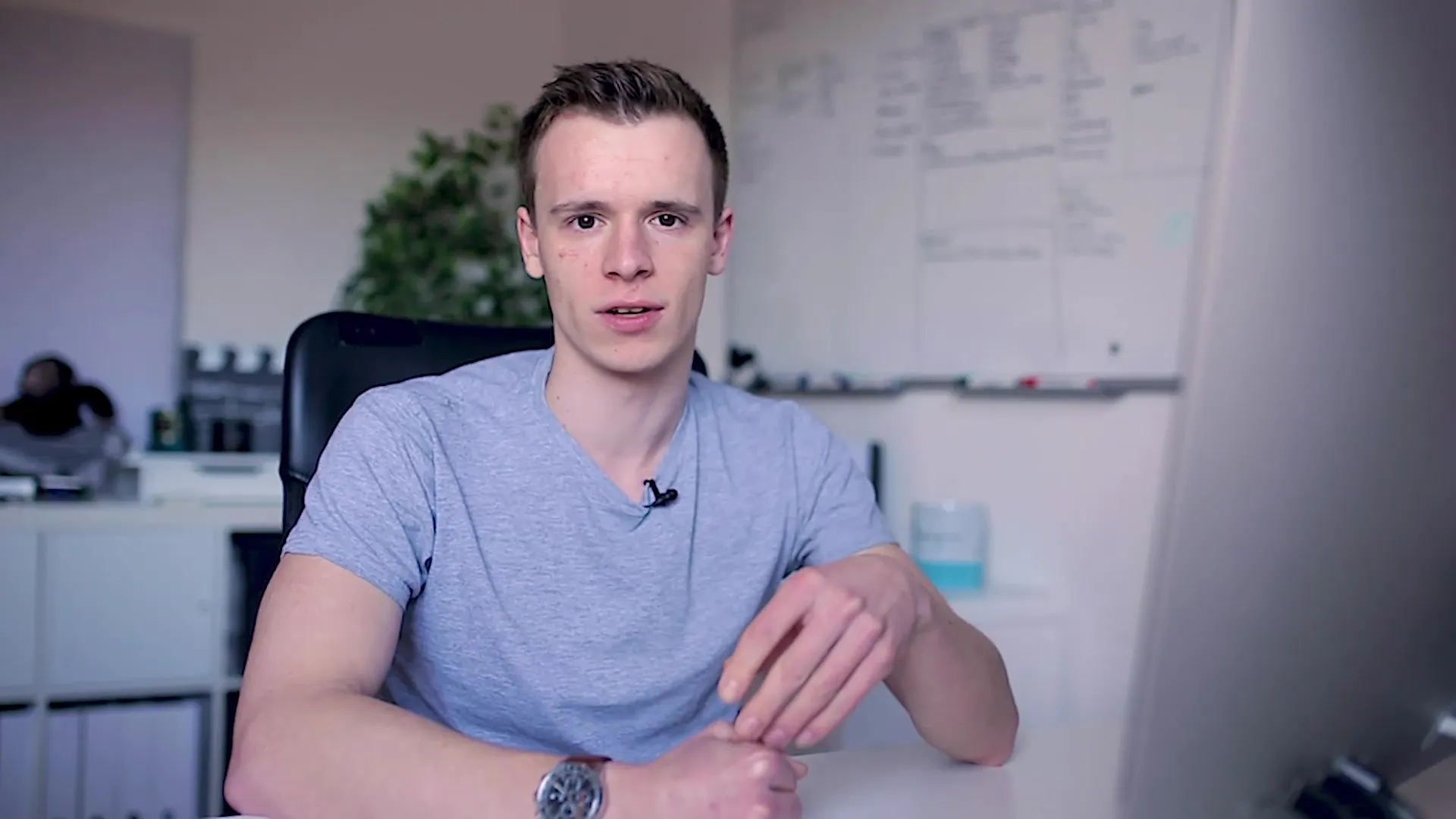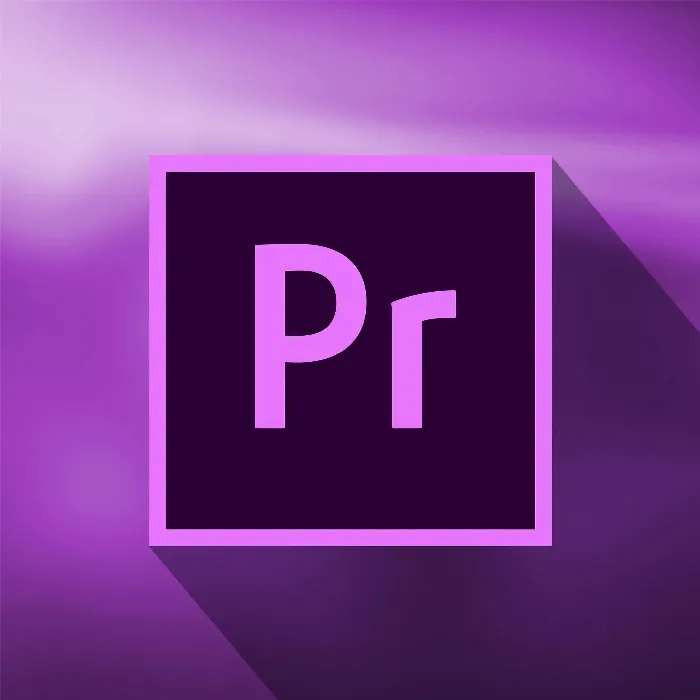Sound is the key to an impressive audiovisual experience. Often neglected, it is no less important than the image itself. In this text guide, you will learn everything you need to effectively edit sound in Adobe PremiereProand achieve high-quality results. The right audio editingcan not only improve the atmosphere of your video but also convey the message you want to share more clearly.
Key takeaways
- A high-quality audio recording is crucial.
- Avoid background noise and distorted levels.
- Use the right tools and techniques for audio editing in Premiere Pro.
Basics of Audio Recording
To edit sound thoroughly, a solid recording foundation is essential. The first step is to ensure that your sound is recorded as well as possible. This means paying attention to the choice of your microphone and the acoustic conditions of the recording location.
There are different approaches here. For example, you can use a lapel microphone or install soundproofing panels to minimize echo and background noise. These panels reduce sound in indoor environments, which often poses a significant problem.
The Importance of the Right Microphone
A good microphone is essential. It should be able to capture clear and distinct sound without interference. Make sure to place the microphone in a position that minimizes background noise. Ensure that no unwanted sounds, like a refrigerator or the hum of a computer, are audible during the recording.
Understanding Levels and Volume
The next critical factor is the level of the audio recording. The volume should be balanced; both too loud and too quiet recordings come with their own issues. Too quiet recordings result in background noise becoming more noticeable when you adjust the volume slider in Premiere Pro. Conversely, too loud recordings can clip and lead to distorted sound that is difficult to fix.

A good recording always has the right level. Ensure that your audio track remains in a comfortable range during recording.
Improving Audio Quality in Premiere Pro
Once you have completed your recording, the exciting part begins: editing in Adobe Premiere Pro. Here, you can use various tools to further optimize the sound.
There are numerous filters and effects that can help you refine the sound. For example, use the noise reduction tool to minimize unwanted sounds or the equalizer settings to enhance the quality of your audio.
If you are looking for additional training on video production and the precise application of Premiere Pro, you might consider exploring further resources or workshops focusing on video and audio recording.
Conclusions
A good audio recording is the foundation of excellent audio production. Remember that it is worth investing time in preparation and recording. In this section and the following videos, you will learn how to create high-quality sound that helps your video stand out from the crowd.
I wish you much success in editing your audio and hope you find the tips and tricks in this guide helpful!
Summary - Editing Audio in Adobe Premiere Pro: A Comprehensive Guide
In this guide, you learned how important a high-quality audio recording is and what steps you can take to improve the sound in your videos in Adobe Premiere Pro.
FAQ
How important is sound in a video?Sound is crucial as it often matters more than the image and significantly influences the viewer's perception.
What should I consider when choosing a microphone?Choose a microphone that allows for clear recordings and be mindful of minimizing background noise.
How can I control the volume during recordings?Make sure the volume stays within a good level range to avoid clipping and unwanted background noise.
Can I remove unwanted sounds in Premiere Pro?Yes, Premiere Pro offers noise reduction tools and effects to improve sound quality.


